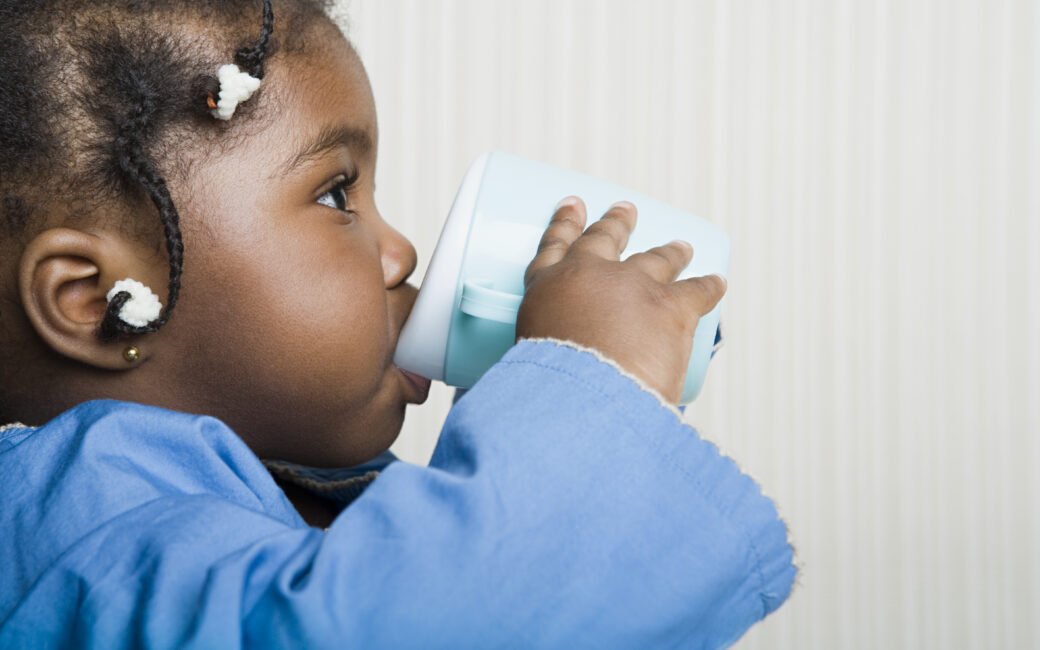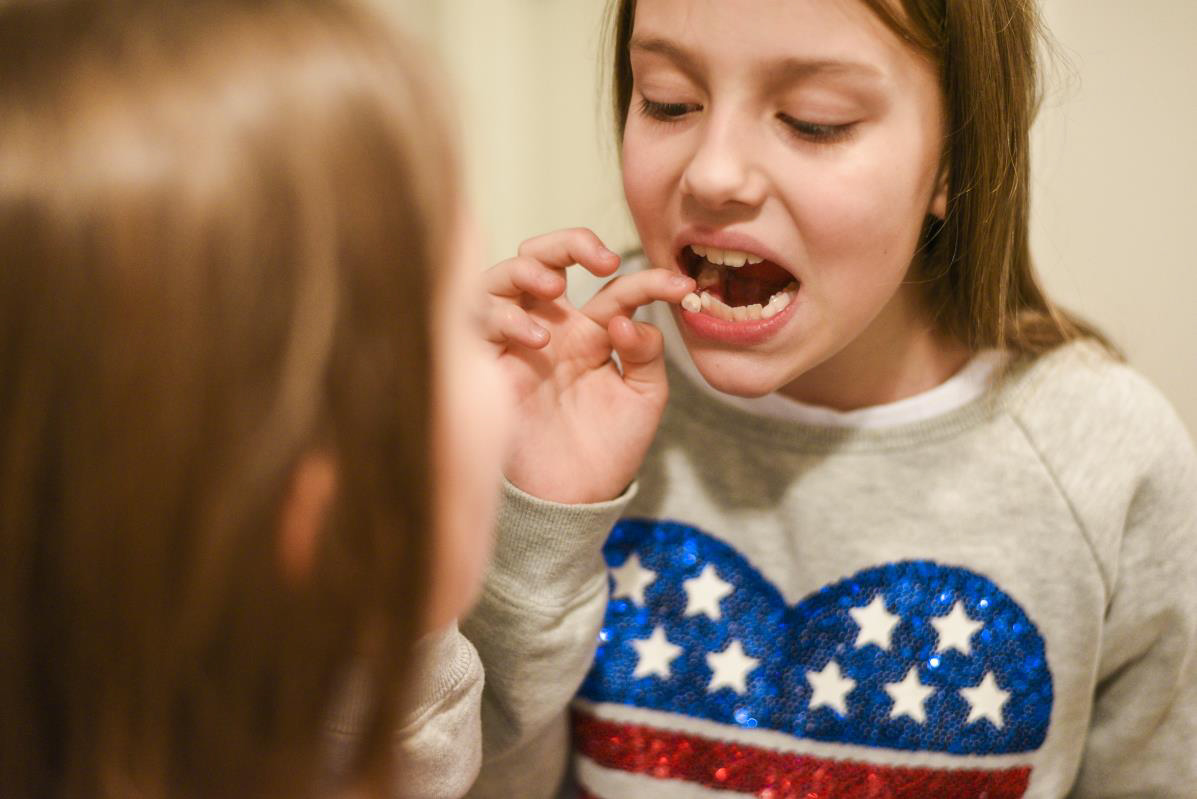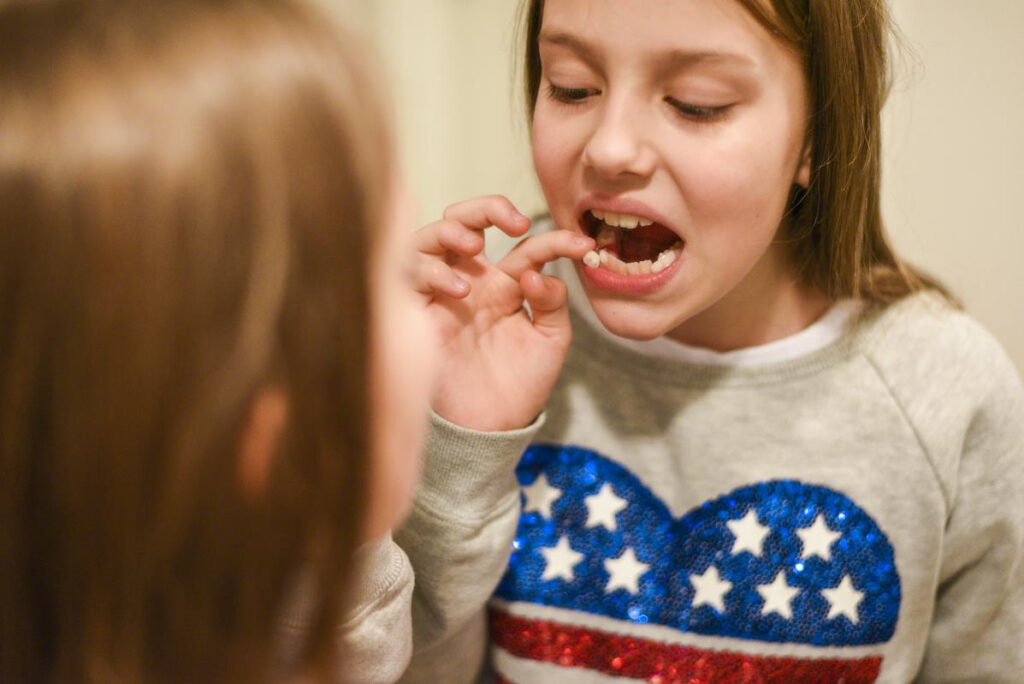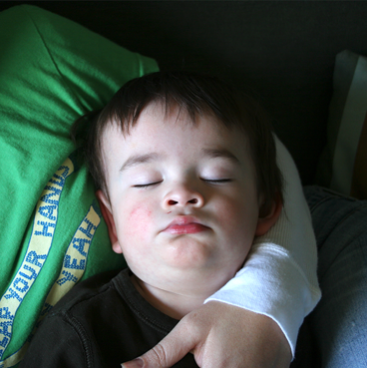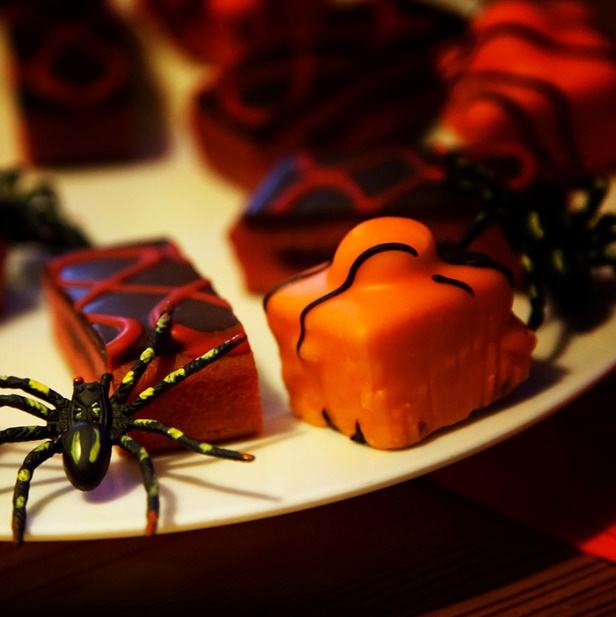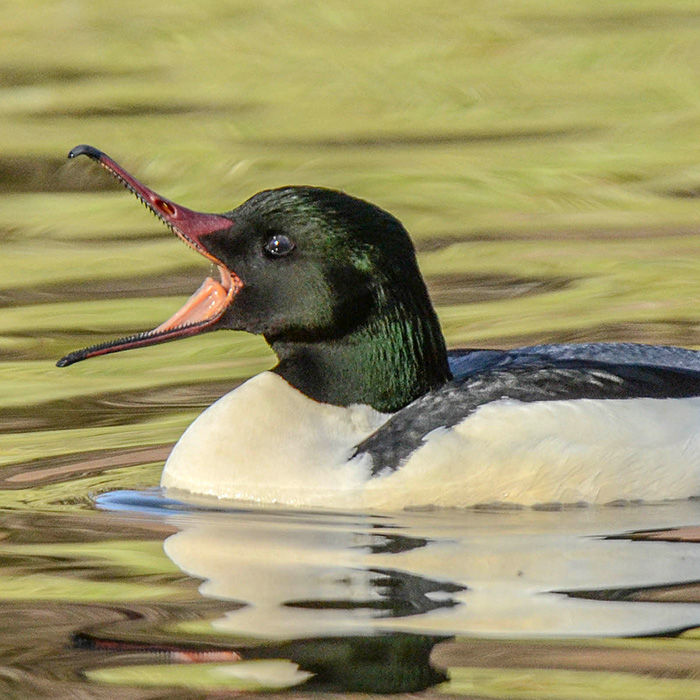The most important aspect of understanding dental insurance is this one simple fact: dental insurance is simply a means of payment for dental care, like a gift card from your employer.
How does this gift card work?
Navigating dental insurance may seem like a puzzle, but it can be a fun and rewarding journey to ensure your child’s smile stays bright and healthy! Dive into the adventure of understanding the terms, exploring different types of plans, and discovering how they cover your child’s dental care. Here are some useful tips to make this process a breeze!
In Network vs. Out of Network
Dental insurance is a wonderful benefit that many employees love to receive as a part of their employer benefit package.
An in-network dentist has chosen to be part of the insurance plan offered by your employer. You must seek treatment from dentists who are members of this plan to receive the benefits they offer. Insurance agents promise that they provide “two free cleanings” a year. In-network providers usually offer 100% “free” coverage for preventative care, such as cleanings and regular checkups, and nearly all of the standard dentist’s fees for other services. Who doesn’t love “free”? Investing in preventative care for your child now means you’re setting the stage for a healthy smile and avoiding costly treatments down the road. Think of it as a superhero shield against cavities, worn enamel, and gum disease. Preventative dental care can also help prevent common issues such as cavities, worn enamel and gum disease.
Out-of-network dentists are like free agents in the dental world—they’re not tied to any insurance company and work solely for you/the patient/your child (whichever you prefer saying). With this, you get the freedom to pick any out-of-network dentist for your child.
The catch? You may have to shell out a bit more from your own pocket.
It’s crucial to understand insurance terms such as “usual and customary” or “UCR,” which is a bit misleading. Fees vary greatly with different insurance companies. Therefore, a plan that is less costly to the employer will usually have a lower usual and customary fee schedule. Essentially, this means that a dentist who has decided to participate within your employer’s insurance network has agreed to provide services to your child at a deeply discounted rate. Sometimes, these discounts are 40-50% lower than the standard fee.
You may wonder why anyone would choose an out-of-network dentist, but those in-network often have to double their patient load to balance out the lower fees they accept from insurance companies. By opting for an out-of-network provider, you could get more personalized, relaxed, and attentive care for your child’s pearly whites.
Imagine your favorite grocery store having everything 50% off all the time. You’d probably think it’s either going out of business or is one of those discount chains, right? The same could be expected from medical practices that operate consistently at these discounts. They may need to increase waiting times, reduce employees, and buy cheaper-grade supplies and equipment to cover expenses.
Also, in-network dentists are part of your insurance plan – like sticking to a menu at a restaurant, they can only suggest treatments that are covered. According to the AAPD Oral Health Policy on Dental Reimbursement, insurance companies (which are not health care providers) can sometimes randomly deny claims. This can make it difficult for you to get the care you need to boost your child’s smile. Stepping out of the insurance network can open up a world of better, more comprehensive dental care options!
We Work with Out-Of-Network Providers
So, why choose an out-of-network provider? Think of it as getting VIP treatment for your child’s dental care. Out-of-network pediatric dentists have the freedom to focus on what’s best for each child, without being boxed in by insurance company rules. This means more flexibility and personalized care tailored to your child’s unique needs. Plus, you’re not stuck picking a dentist from a limited in-network list—you get to choose the best fit for your little one’s smile!
Finding the right dentist for your child’s needs is essential to their care, so the flexibility to choose will ensure you pick one your child feels most comfortable with. Since out-of-network dentists are not as restricted as in-network ones, they may be able to offer a more comprehensive selection of treatment options. They can also hire the most trained and qualified team and provide the most advanced technology. Before selecting a dentist, it’s best to do your due diligence to find one that meets all of your child’s needs.
If Summerville Pediatric Dentistry & Orthodontics is not an in-network provider of your dental plan, don’t despair! We would love to discuss your child’s needs and our pricing with you.
Here’s the best part: We’ll still handle your insurance paperwork, and you might be pleasantly surprised to find that your insurance may still [italics] cover a large portion of the dental fee. In fact, you may discover that our rates for certain procedures are more budget-friendly than you’d expect, even without being in your plan.
For a more detailed understanding of dental insurance, the American Dental Association breaks down the types of plans and what they offer in detail here. There is so much more to understanding insurance, and if you’re unsure of what to do or still have insurance questions, it’s our pleasure to discuss your options and answer any questions you have.
Our team is here to help you provide your child with the best care and treatment options for them.
Have further questions? Contact our team today!
Let’s work together to keep those smiles shining bright!


